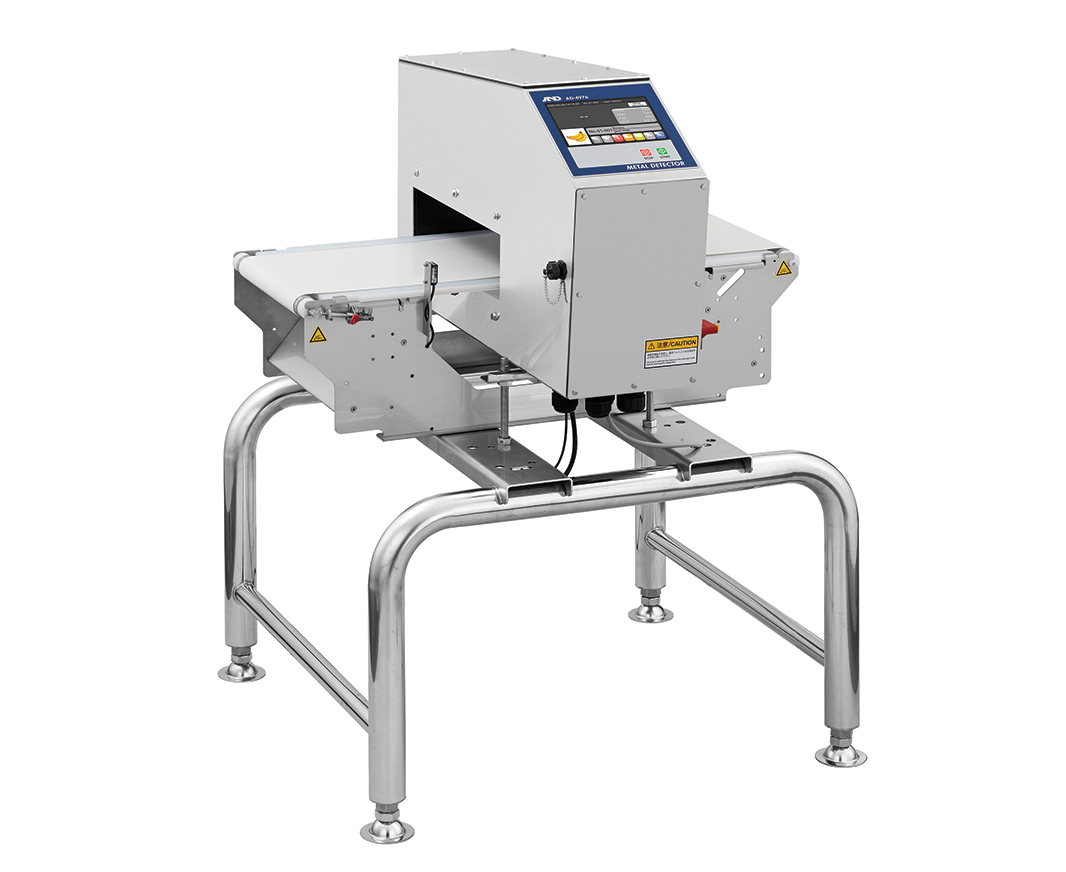In the realm of food manufacturing, ensuring the safety and integrity of packaged goods is paramount. Metal detection plays a pivotal role in this process, acting as a critical line of defense against contamination and safeguarding against potential consumer harm and regulatory consequences.
The Basics of Metal Detection
Food Metal detectors are indispensable tools in food packaging lines, designed to identify and eliminate metallic contaminants. These devices operate by generating a high-frequency electromagnetic field, which, when interrupted by metal particles, triggers an alert. Contaminants can range from processing machinery wear and tear (ferrous and non-ferrous metals) to environmental debris (aluminum foil).
Best Practices for Optimizing Metal Detection
Choosing the Right Metal Detector
Selecting an appropriate metal detector hinge on several factors, including the type of food product, packaging material, and the specific contaminants most likely to be encountered. For instance, "balanced coil" metal detectors are renowned for their versatility and sensitivity across a broad spectrum of products.
Installation and Calibration
Proper installation away from electronic interference and routine calibration are crucial for maintaining detector sensitivity and reliability. Calibrating detectors to accommodate the "product effect" – where inherent characteristics of certain food products mimic metal – minimizes false rejects and ensures accuracy.
Training Staff
Educating operators on the nuances of the food metal detection process – from understanding sensitivity settings to recognizing false positives – empowers teams to manage and maintain equipment effectively, reducing downtime and enhancing productivity.
Tips for Maximizing Metal Detection Efficiency
Overcoming Common Challenges
Common obstacles include interference from nearby machinery and the need to balance sensitivity with false reject rates. Implementing zoning regulations around detectors and using phase angle adjustment can mitigate these issues, ensuring optimal performance.
Comprehensive Quality Control
Integrating metal detection into a broader quality control (QC) plan enhances overall line efficiency. Regularly reviewing detection logs, conducting audits, and maintaining a rigorous maintenance schedule are integral components of a robust QC strategy.
Future Trends in Metal Detection Technology for Food Packaging
Emerging technologies, including AI and machine learning, are set to revolutionize metal detection. These advancements promise improved sensitivity, the ability to distinguish between different types of metal, and enhanced adaptability to diverse product lines – all of which contribute to greater accuracy and efficiency.
Conclusion
The critical role of metal detection in ensuring food safety cannot be overstated. By adhering to best practices for selection, installation, and operation, and by staying abreast of technological advancements, food manufacturers can significantly elevate their quality control measures. Continuous improvement in metal detection capabilities not only complies with safety standards but also reinforces a commitment to consumer wellbeing and brand integrity. Food manufacturers are thus encouraged to view metal detection not just as a regulatory requirement, but as a fundamental component of their quality assurance strategy, meriting ongoing attention and investment.





Comments